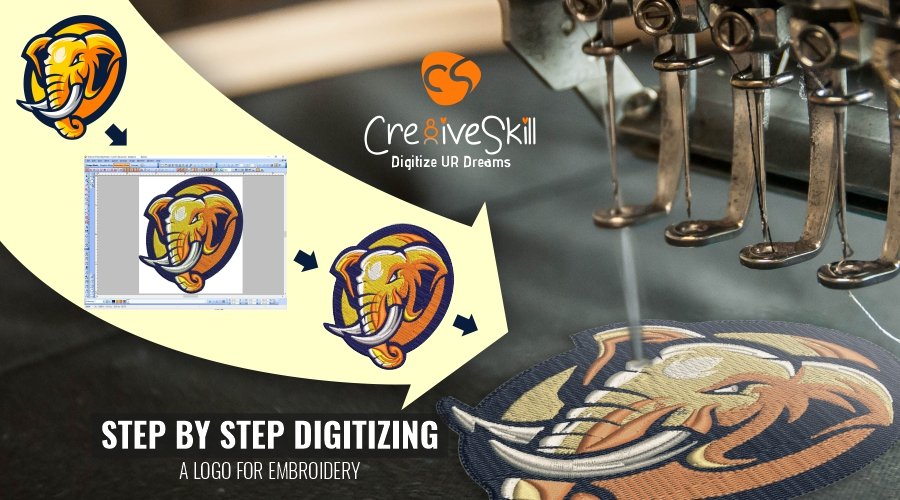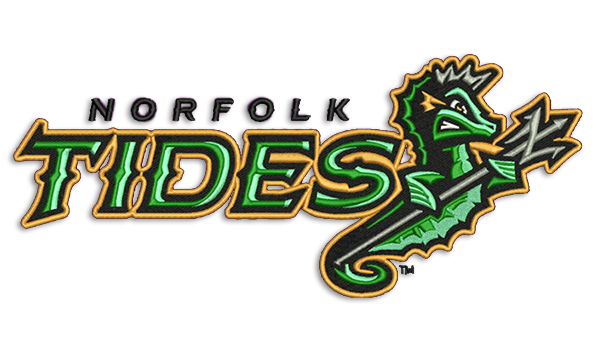Professional Digitizing for Embroidery: Fast and Reliable Service
Professional Digitizing for Embroidery: Fast and Reliable Service
Blog Article
Streamlining the Art of Needlework Digitizing: Step-by-Step Guide
Embroidery digitizing is a precise craft that demands accuracy and imagination. As innovation remains to advance, the digitization process has actually ended up being much more available, allowing fanatics to bring their complex styles to life easily. In this guide, we will untangle the complexities of embroidery digitizing, breaking down each step methodically to simplify the procedure and equip both newbies and skilled embroiderers alike. Stay tuned to find how you can streamline this detailed art type and transform your imaginative visions into wonderfully embroidered work of arts.
Comprehending Needlework Digitizing Software Application
Needlework digitizing software functions as an important device for transforming complex layouts into digital layouts suitable with embroidery makers, facilitating accurate stitching and customization. This specific software program allows individuals to import numerous photo data formats, such as JPG or PNG, and convert them right into needlework machine-readable formats like DST, EXP, or PES - Digitizing for Embroidery. By utilizing functions like stitch editing and enhancing, padding options, and thread color choice, digitizing software program makes it possible for users to control every element of the layout procedure
Additionally, progressed needlework digitizing software program supplies devices for creating complex designs, changing stitch thickness, and integrating complex information. Customers can additionally sneak peek the layout before stitching it out, making sure accuracy and lessening errors. Furthermore, lots of software application supply automated attributes that aid simplify the digitizing procedure, conserving effort and time.
Comprehending the abilities of embroidery digitizing software is necessary for attaining high-grade lead to needlework jobs. By grasping this tool, needlework fanatics and specialists can unleash their creative thinking and bring detailed styles to life with precision and efficiency.

Choosing the Right Layout Documents
After acquainting on your own with the abilities of embroidery digitizing software, the next important action in the procedure is picking the appropriate layout declare your job. Digitizing for Embroidery. When selecting a design declare needlework digitizing, it's necessary to consider the complexity of the layout, the size of the end product, and the kind of material you will be collaborating with
For intricate layouts with great details, a high-resolution photo or vector data is suggested to guarantee that the needlework machine can properly duplicate the style. Additionally, the dimension of the final item plays a substantial function in selecting the best design documents. Bigger styles may call for higher resolution documents to preserve clarity and intensity.
In addition, the kind of material you will certainly be embroidering on affects the choice of style documents. Different materials might require modifications in the layout file to make sure that the stitches are properly lined up and the design shows up as intended. By meticulously selecting the best style documents based on these elements, you can establish on your own up for a successful embroidery digitizing procedure.
Digitizing Devices and Strategies
Utilizing specialized software application and accuracy strategies, digitizing devices are necessary in changing intricate designs into embroidery-ready data. Embroidery digitizing software program, such as Wilcom, Hatch, or Embrilliance, gives the necessary platform to convert artwork right into stitch data. These programs use attributes like stitch modifying, rug choices, and text tools to make certain the layout converts seamlessly onto fabric.
One of the key techniques in digitizing is creating a clear path for the embroidery device to comply with. This includes digitizing each element of the design with precision, identifying stitch types, thickness, and instructions. By utilizing devices like digitizing tablet computers or software-specific plugins, embroiderers can accomplish a high level of accuracy in their digitized designs.
Furthermore, understanding the art of padding sewing is vital for creating quality needlework. Underlay stitching maintains the textile and produces a foundation for the design, making certain that the end product is both aesthetically appealing and lasting. By understanding these digitizing devices and methods, embroiderers can elevate their craft and bring intricate designs to life with accuracy and efficiency.
Personalizing Stitch Types and Directions
Having developed a structure in digitizing devices and strategies, an important facet ahead of time embroidery workmanship depends on tailoring stitch types and instructions with accuracy and function. The option of stitch types can considerably influence the general look and structure of the stitched style. Satin stitches, known for their smooth and glossy surface, job well for producing boundaries and text. On the various other hand, fill stitches are optimal for covering larger areas successfully. By tactically combining these stitch types, embroiderers can attain depth and measurement in their designs.
Moreover, the direction of stitches plays a critical site link role in improving the aesthetic appeal of the last needlework. Diverse stitch instructions can add structure, emphasize specific aspects, and develop aesthetic rate of interest. Altering the angle of stitches can imitate movement or natural patterns like fur or feathers. By try out different stitch angles and patterns, embroiderers can bring their styles to life with exceptional information and intricacy. Mastering the art of personalizing stitch types and directions equips embroiderers to unleash their imagination and elevate the top quality of their job.
Testing and Refining Your Digitized Style
To make certain the precision and top quality of your digitized style, detailed screening and improvement are crucial action in the needlework digitizing procedure. As soon as you have finished this link the digitization of your style, it is crucial to test it prior to continuing with the real embroidery. Testing allows you to recognize any kind of prospective problems such as thread breaks, sew thickness troubles, or layout distortions that might impact the result.

After testing, it is necessary to improve your digitized style based on the feedback from the examination sew-out. This may involve tweaking sew setups, changing densities, or making adjustments to the general design to attain the wanted result. By iterating via screening and refinement, you can adjust your digitized style to perfection before progressing with the real embroidery process.
Verdict
In final thought, grasping the art of embroidery digitizing calls for a comprehensive understanding of the software, choosing the right layout file, making use of digitizing try these out tools and strategies, personalizing stitch types and directions, and screening and fine-tuning the digitized layout. By complying with these actions, embroiderers can simplify the digitizing procedure and create high-quality embroidered layouts with precision and effectiveness.
Report this page